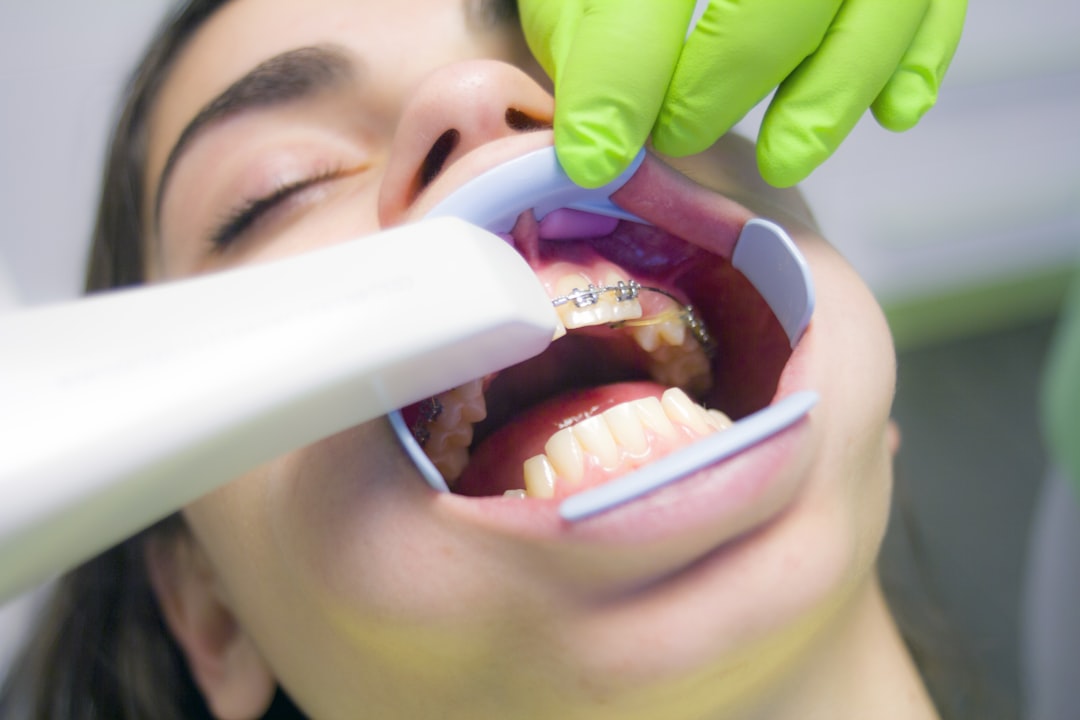
If there is a cavity that forms between the teeth, it is called an interdental cavity or interproximal cavity. Unlike traditional cavities that occur on the chewing surfaces of teeth, interdental cavities can be trickier to detect and often go unnoticed until they reach an advanced stage. Being aware of the signs of an interdental cavity can help you seek timely dental care and prevent further damage. This page has all the info you need.
A frequent indication of an interdental cavity is feeling sensitivity when consuming hot or cold items. When there is a cavity between teeth, it exposes the underlying dentin, which is more sensitive than the outer enamel. As a result, you may experience a sharp, fleeting pain when you consume hot coffee or cold ice cream. This sensitivity is a clear indication that there is a problem with your teeth and should not be ignored.
Another sign to watch out for is prolonged sensitivity to sweets. If you experience lingering pain or discomfort after eating sugary treats, it could be an indication of an interdental cavity. The presence of a cavity allows the sugars to seep into the affected area, leading to prolonged sensitivity and discomfort. If this sensitivity persists even after you’ve finished eating sweets, it is advisable to consult your dentist for a thorough examination.
Toothache and gum sensitivity can also indicate the presence of an interdental cavity. As the cavity worsens, it can affect the neighboring gums, resulting in inflammation and sensitivity. You may experience pain when biting down or applying pressure to the affected area, along with sensitivity when brushing or flossing around the affected teeth. If you observe these symptoms, it is essential to seek dental attention promptly to avoid further damage and potential complications.
The presence of stains between the teeth can also indicate the existence of an interdental cavity. As the cavity progresses, it can trap food particles and bacteria, leading to discoloration in the interproximal spaces. You may notice brown or black stains developing in the gaps between your teeth, which can be a cause for concern. Regular dental cleanings and proper oral hygiene practices can help prevent staining, but if you observe persistent discoloration, it is advisable to consult your dentist. You can read more on the subject here!
Presence of holes or pits in teeth is another visible sign of an interdental cavity. As a cavity emerges between teeth, it gradually eats away at the enamel, creating small holes or pits in the affected area. These holes or pits may be noticeable without magnification or may require the use of dental instruments for a comprehensive assessment. If you notice any irregularities or abnormalities in the texture of your teeth, it is important to schedule a dental appointment for further evaluation and appropriate treatment.
In conclusion, recognizing the signs of an interdental cavity is vital for maintaining optimal oral health. Indicators such as sensitivity to hot and cold, prolonged sensitivity to sweets, toothache and gum sensitivity, staining between teeth, and the presence of holes or pits in teeth should never be disregarded. Taking proactive measures and seeking prompt dental care can help prevent additional damage, potential complications, and ensure the preservation of a healthy smile. It is crucial to schedule regular dental check-ups, adhere to good oral hygiene practices, and promptly address any worrisome symptoms to safeguard your oral well-being. By remaining vigilant and prioritizing your oral health, you can effectively prevent and manage interdental cavities, thus ensuring a lifetime of healthy teeth and gums. See, this website has all the info you need to learn about this amazing product.